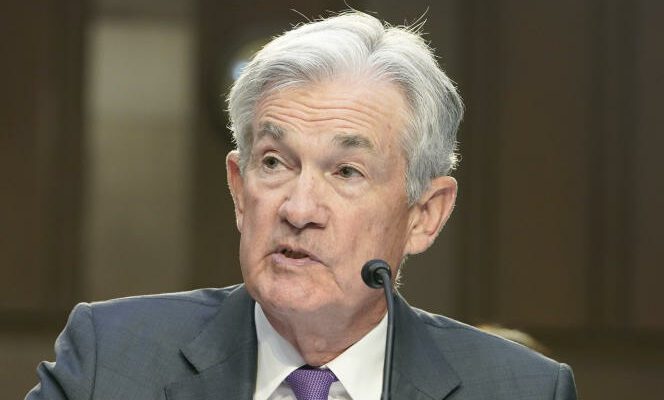America believed it had beaten inflation and the head of the American Federal Reserve (Fed, central bank), Jerome Powell, had repeatedly uttered the word “disinflation” during his press conference on 1er FEBRUARY.
It has failed, or at least been postponed, as evidenced by numerous economic indices pointing to persistent economic overheating. Jerome Powell drew the conclusions during his hearing before the United States Congress on Tuesday March 7: he will raise his rates more strongly, higher and for longer than expected. An increase of half a point is thus clearly on the table and should be decided at the end of the meeting of the Fed’s monetary policy committee on March 22, against a quarter envisaged so far.
“Economic data is stronger than expected, suggesting that the ultimate level of interest rates is likely to be higher than expected, Mr. Powell said in his opening remarks. If all the data were to indicate that faster tightening is warranted, we would be prepared to accelerate the pace of rate hikes. »
This is Mr. Powell’s third major about-face. He had already changed direction abruptly in early 2019, when he stopped raising rates following the Wall Street debacle and in the fall of 2021 when, awaiting his renewal for a second term by Joe Biden, he said inflation was temporary.
It was not until March 2022 that the Fed embarked on a policy of suddenly raising rates, increasing them four times by 0.75 points, by half a point in December 2022 and then by a quarter of a point in February. of this year. These decisions had led the institution to raise its key rates, set at zero since the Covid-19 pandemic, to more than 4.5% in one year. Traders thought the purge was over, that further increases would be minimal, and that the cost of money would eventually plateau at just above 5%. Above all, Wall Street was betting that the Fed would be forced to lower its rates as early as 2023 to avoid a recession.
Labor market boom in January
This reading is now a thing of the past; it was demolished by the resumption of inflation and by the incredible figures of the labor market, which lead the markets to anticipate key rates higher than 5.5%.
The United States created 537,000 jobs in January, twice as many as expected, with an unemployment rate of 3.4% of the working population, the lowest since the end of the 1960s. Layoffs in tech, in banking and consulting cannot hide the shortage of labor in personal services – hotel catering, tourism, health.
You have 51.93% of this article left to read. The following is for subscribers only.
